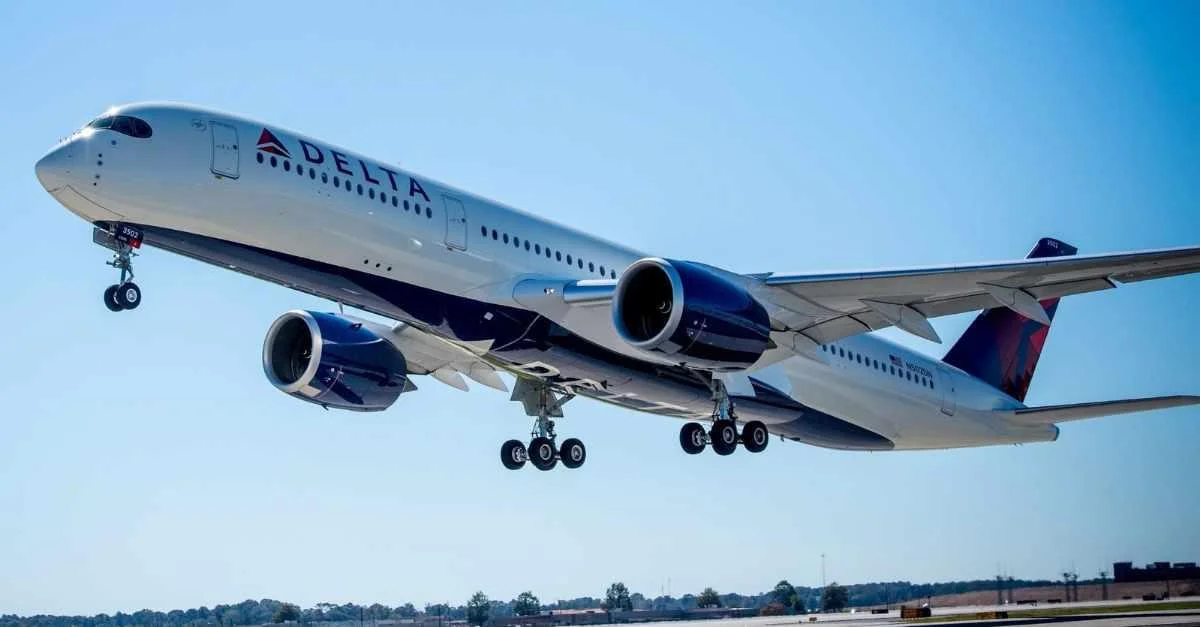The development paths of the F-111 Aardvark and the F-35 Lightning II have often been compared, given their roles in military aviation history. While the F-111 faced significant challenges, the F-35 has seen widespread adoption across multiple nations.
The F-111's journey began in 1961 under Secretary of Defense Robert S. McNamara, who aimed to streamline fighter jet production by applying automotive manufacturing principles. The Tactical Fighter Experimental (TFX) program sought to create a joint aircraft for both the United States Air Force (USAF) and Navy. According to USAF Major Brian Beece, McNamara envisioned a multi-mission platform capable of tactical operations and fleet defense.
Despite these ambitions, the program faced setbacks. The TFX was meant to serve both branches but eventually focused solely on USAF and Navy needs. The USAF required a long-range bomber with supersonic capabilities, while the Navy needed an aircraft for air-to-air combat. However, as Retired Navy Captain Joe Brantuas noted, "A lot of politics was involved with that airplane. It was a weight around everyone’s shoulders."
 Alerts Sign-up
Alerts Sign-up




































